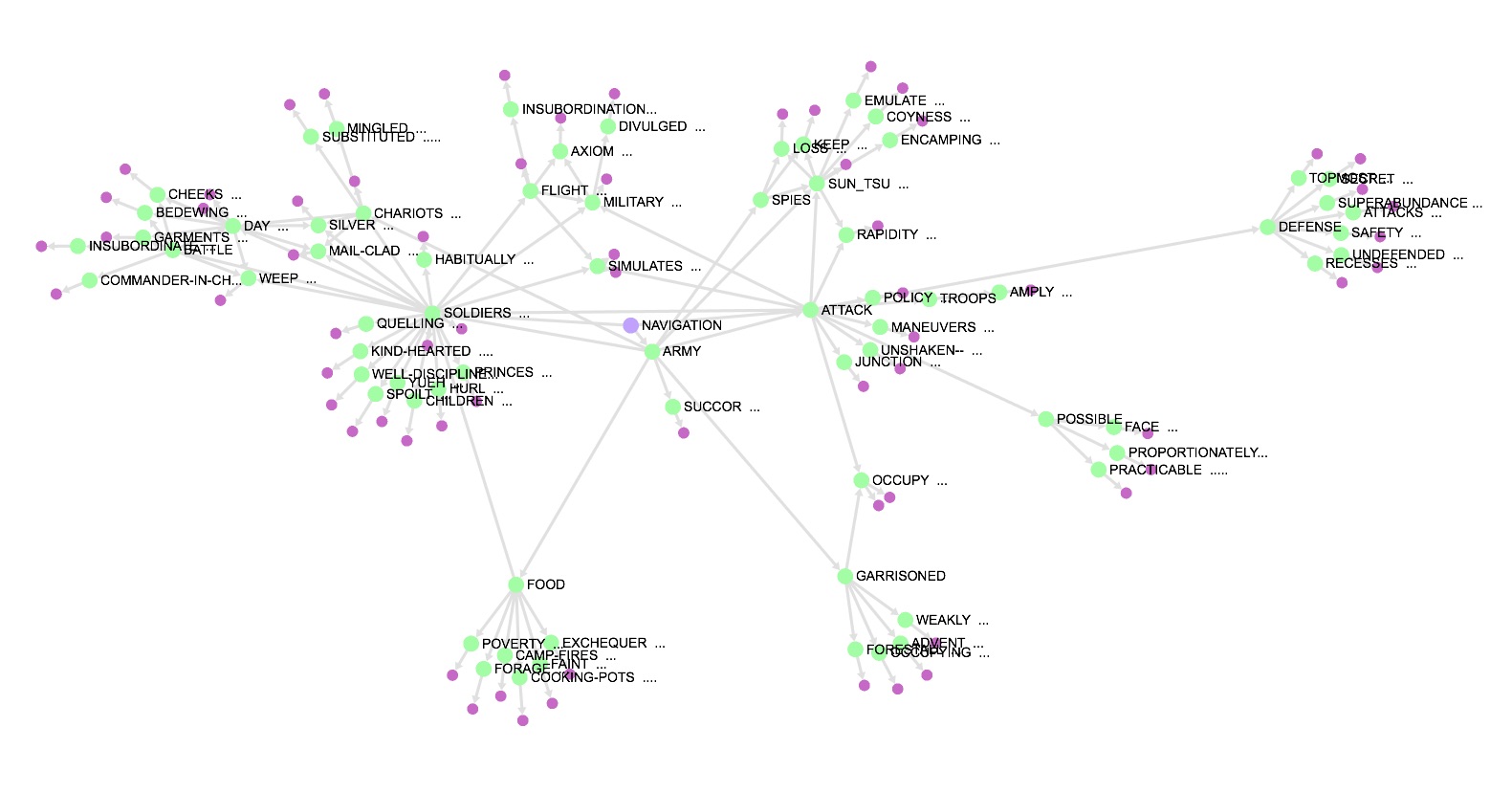The Difference Between Artificial Intelligence (AI) and Machine Intelligence (MI)
Human intelligence displays cognitive ability to learn, formulate concepts, understand and apply logic and reasoning to innovate, solve problems, and making decision.
Robots and machines that are programmed with pre-defined procedure to perform repetitive tasks can be cost effective and boost productivity. However, performing tasks that are controlled by computer programs using statistical model is not intelligent. It does not acquire any skill or knowledge, but simply follow the imperative procedures from the model, mimicking instance of intelligence that is found in human. Such manifestation is "artificial" and is generally labeled as Artificial Intelligence (AI).
Given a new task that is not previously defined, human has to apply cognition to discover and to analyze the context, then exercise knowledge and skill to deduce a procedure to produce an outcome. When facing a complex narrative, human understanding of a narrative will likely be obscured by biased judgement. Different person will likely have different take away. This is where machine intelligence is necessary to ensure a complete understanding of the narrative.
If a machine is equipped with logic that can discover context and understand action taken that produces the outcome, it is a manifestation of Machine Intelligence (MI). MI can also discover stories that one can apply declarative knowledge to alter outcome.
ELAINE is an implementation of Machine Intelligence. It manifests the trait of intelligence with logic in the following ways when narrative is presented with unknown subjects:
-
It discovers the context by understanding the terms, relationships, and stories within the narrative.
-
It understands the narrative by discovering the nexus between stories, assessing relevancy, raising doubt where necessary, and discovering candidate stories that can benefit from declarative knowledge.
Example of ELAINE analysis on Sun Tse's "The Art of War"
The following link is the "understanding" presented by ELAINE on Sun Tse's "The Art of War" as translated by Lionel Giles.
ELAINE's analysis on Sun Tse's "The Art of War"

The following key focus is part of the declarative knowledge discovered by ELAINE:
-
Sun Tsu said: In the operations of war, where there are in the field a thousand swift chariots, as many heavy chariots, and a hundred thousand mail-clad soldiers, with provisions enough to carry them a thousand li, the expenditure at home and at the front, including entertainment of guests, small items such as glue and paint, and sums spent on chariots and armor, will reach the total of a thousand ounces of silver per day
-
If in training soldiers commands are habitually enforced, the army will be well-disciplined; if not, its discipline will be bad.
-
Sun Tsu said: Raising a host of a hundred thousand men and marching them great distances entails heavy loss on the people and a drain on the resources of the State.
Candidate stories that benefit from declarative knowledge are valuable insights towards problem solving.